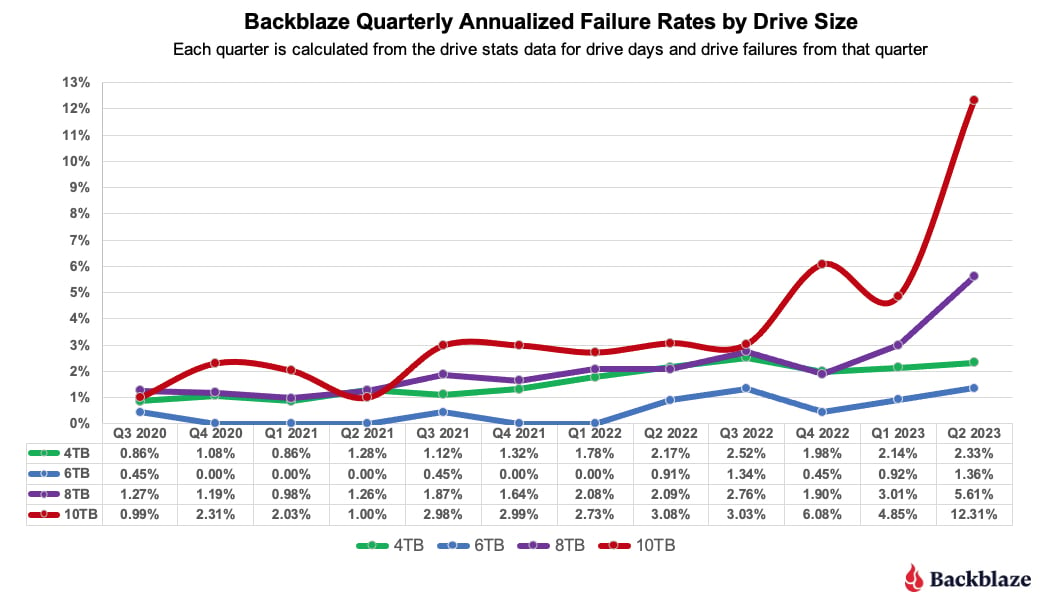I mean you can say the same for spinning magnetic platters. “The more bits you’re trying to squeeze into a fixed size HDD the less robust it is.”
I’m not saying these guys can do it, but dismissing higher densities of storage out of hand seems a bit glib considering the last 60 years of progress and innovation.
That’s never really been an issue with HDDs as far as I’m aware, although 10k rpm drives were known to be more fragile IIRC. The lower life and robustness of QLC vs SLC flash is well known.
Decades ago, a collegue of mine (who once worked in hard drive design) said, “Oh, hard drives stopped reading 1’s and 0’s years ago. Now they compute the probability that the data just read was a 1 or a 0.”
I mean you can say the same for spinning magnetic platters. “The more bits you’re trying to squeeze into a fixed size HDD the less robust it is.”
I’m not saying these guys can do it, but dismissing higher densities of storage out of hand seems a bit glib considering the last 60 years of progress and innovation.
They’re a flat-storager.
That’s never really been an issue with HDDs as far as I’m aware, although 10k rpm drives were known to be more fragile IIRC. The lower life and robustness of QLC vs SLC flash is well known.
Because drives use ECC and spare sectors to give the illusion of reliability just like QLC.
Here is reliability vs drive size.
Decades ago, a collegue of mine (who once worked in hard drive design) said, “Oh, hard drives stopped reading 1’s and 0’s years ago. Now they compute the probability that the data just read was a 1 or a 0.”